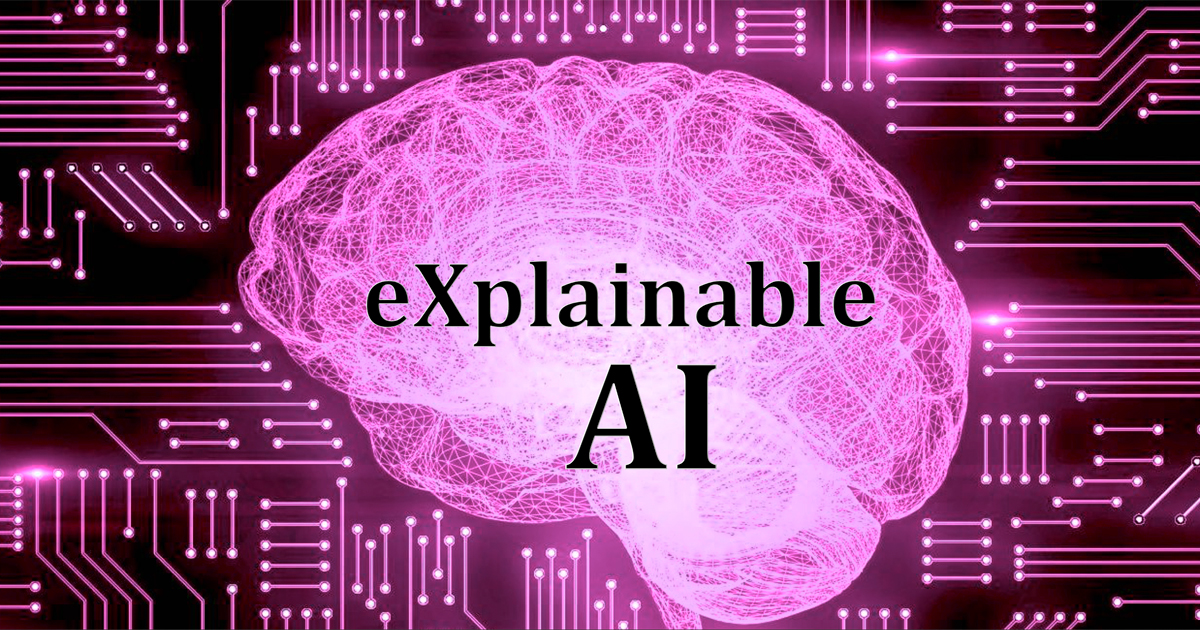Explainable AI (XAI) is a critical field within artificial intelligence that focuses on developing systems capable of providing understandable explanations for their decisions and actions. In traditional AI models, such as deep learning neural networks, the decision-making process often remains opaque or resides within what is commonly referred to as a “black box.” While these models may produce accurate results, understanding the reasoning behind their decisions becomes challenging. This lack of transparency hinders the adoption and trustworthiness of AI systems, especially in domains where explanations are crucial, such as healthcare, finance, and legal systems.
The primary goal of Explainable AI is to bridge this gap by designing AI systems that not only generate accurate predictions or decisions but also provide interpretable explanations that humans can understand and evaluate. By offering insights into the decision-making process, Explainable AI promotes transparency, fairness, and accountability, enabling users to comprehend and trust the outputs of AI systems.
There are various approaches and techniques employed in Explainable AI, each with its own strengths and limitations. Some of the prominent methods include:
- Rule-based explanations: These approaches involve designing AI models that operate based on predefined rules or logical reasoning. With rule-based explanations, the system can explicitly point to the rules or conditions that led to a particular decision. This transparency allows users to understand how the model arrived at a specific outcome and verify its accuracy.
- Feature importance: This approach aims to determine the relative importance of input features in influencing the AI model’s decision. By analyzing the contribution of each feature to the final outcome, it becomes possible to identify the critical factors that influenced the model’s decision. Feature importance techniques offer valuable insights into the decision-making process and can help detect biases or unexpected dependencies.
- Local explanations: Instead of providing a global explanation for an entire model, local explanations focus on explaining individual predictions or decisions. Techniques like LIME (Local Interpretable Model-Agnostic Explanations) approximate the behavior of the model around a specific instance and generate explanations for that instance alone. Local explanations are particularly useful when users seek insights into a specific outcome rather than the overall behavior of the AI system.
- Model visualization: Visualization techniques aim to represent complex AI models and their inner workings in a more understandable and interpretable manner. By visualizing the neural network architectures, feature interactions, or decision pathways, users can gain a better understanding of how the model arrives at its outputs. Model visualization can facilitate human comprehension and trust in AI systems, especially when dealing with high-dimensional data.
- Natural language explanations: These approaches focus on generating explanations in human-readable natural language. By translating the model’s decision-making process into easily understandable text, users can grasp the reasoning behind the AI system’s outputs. Natural language explanations make it easier for non-technical stakeholders to engage with AI systems and ensure that the decision process is aligned with human values and expectations.
The development of Explainable AI techniques is an active area of research and application. Researchers and practitioners are continually exploring new methods to enhance the interpretability and transparency of AI systems.
Explainable AI not only provides human-understandable explanations but also supports various other critical aspects:
- Trust: By offering explanations for AI systems’ decisions and actions, XAI helps build trust between users and AI technologies. Understanding the rationale behind an AI system’s output fosters confidence in its reliability and enables users to make informed decisions based on that output.
- Regulatory compliance: In fields such as healthcare and finance, where compliance with regulations and standards is essential, Explainable AI plays a crucial role. Regulatory bodies often require transparency and accountability in decision-making processes, and XAI can facilitate compliance by providing explanations that satisfy these requirements.
- Bias detection and fairness: Explainable AI techniques help identify biases or discriminatory patterns in AI systems. By examining the explanations provided, it becomes easier to detect and mitigate any unintended biases that may be present in the decision-making process. This promotes fairness and helps prevent the perpetuation of discriminatory practices.
- Error detection and debugging: When AI systems produce unexpected or incorrect results, XAI can aid in error detection and debugging. By analyzing the explanations provided, users can identify potential flaws in the model or the data it was trained on. This diagnostic capability allows for more effective troubleshooting and improvement of AI systems.
- Knowledge transfer and education: Explainable AI can also serve as a means to transfer knowledge from AI systems to users. By providing explanations, users can gain insights into complex phenomena and learn from the AI system’s reasoning. This knowledge transfer aspect has implications for education, training, and decision support in various domains.
While Explainable AI has made significant strides, challenges remain. Balancing the trade-off between interpretability and model performance, designing explanations that are both accurate and comprehensible, and addressing the inherent complexity of certain AI models are ongoing research areas. However, with the growing recognition of the importance of transparency and accountability in AI, the development of Explainable AI techniques continues to advance, making AI systems more understandable, trustworthy, and aligned with human values.
